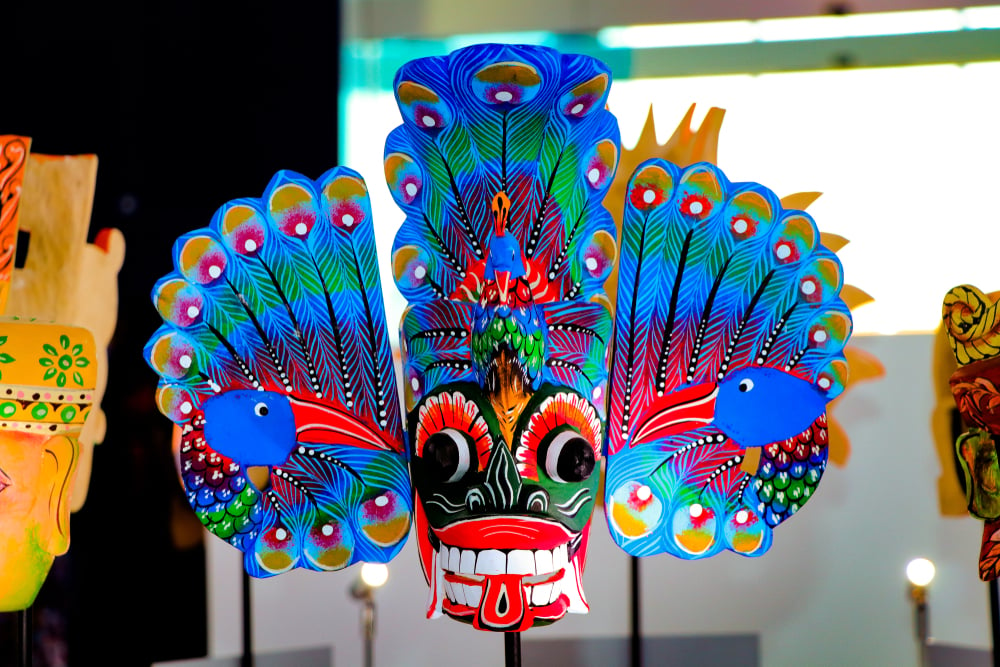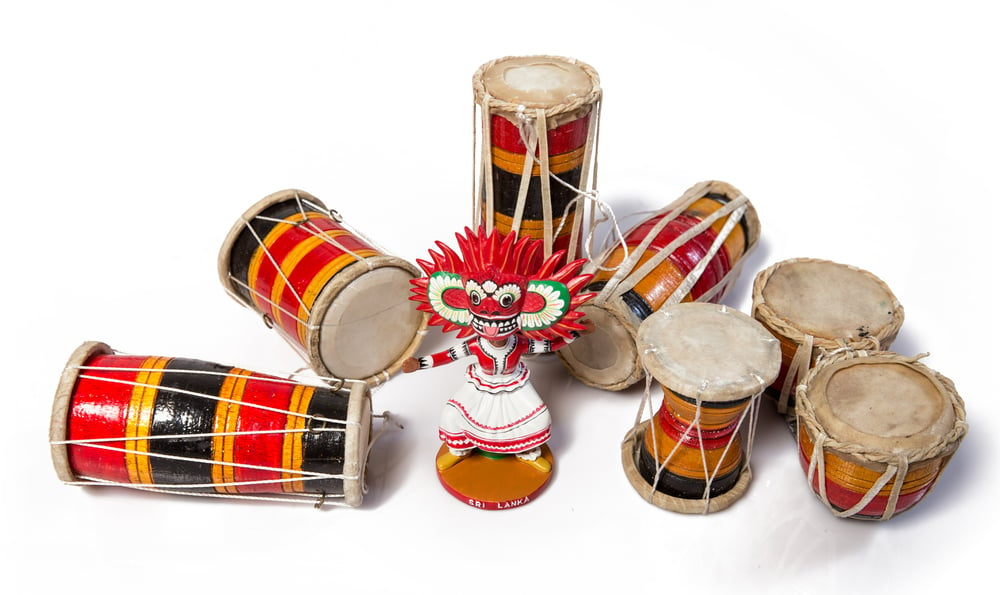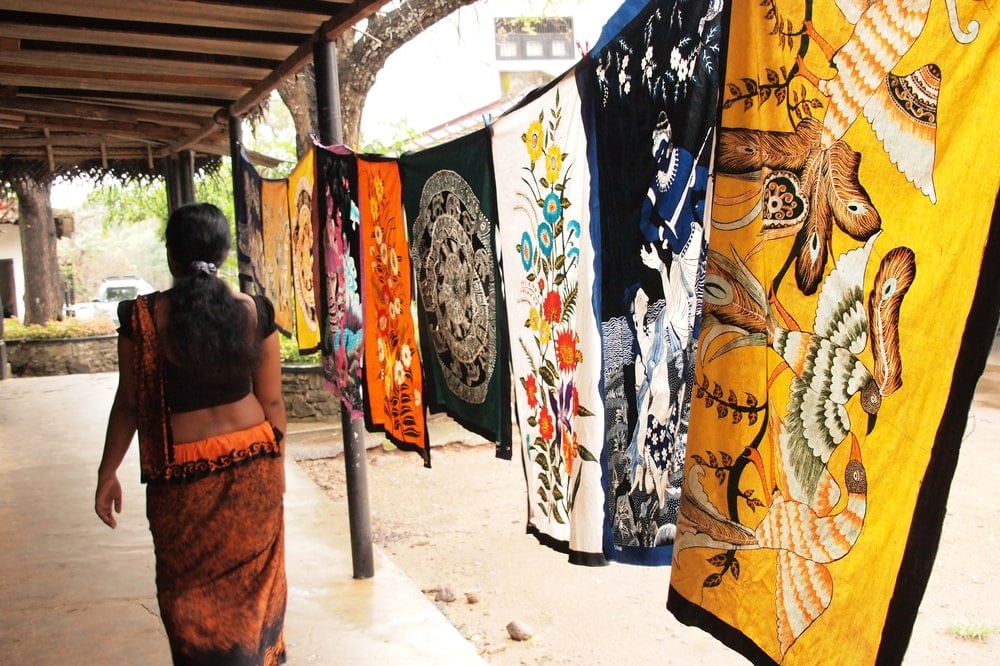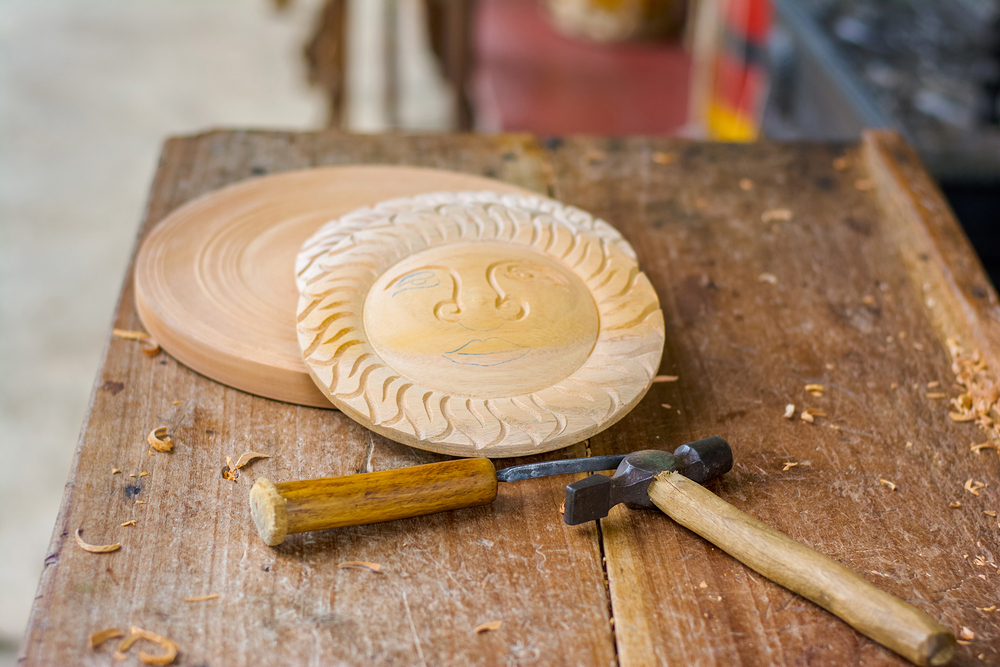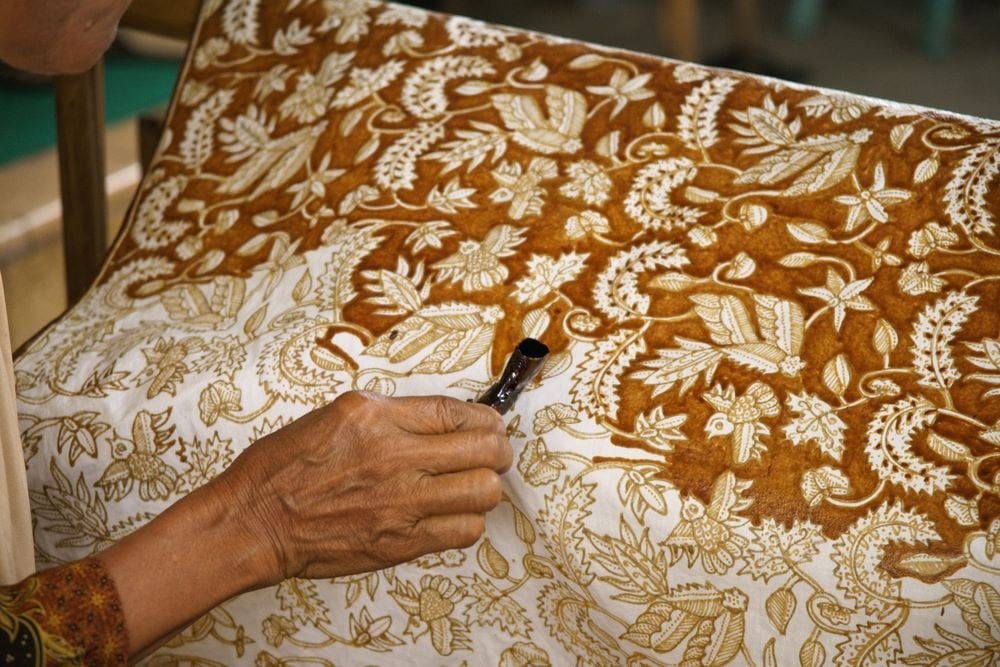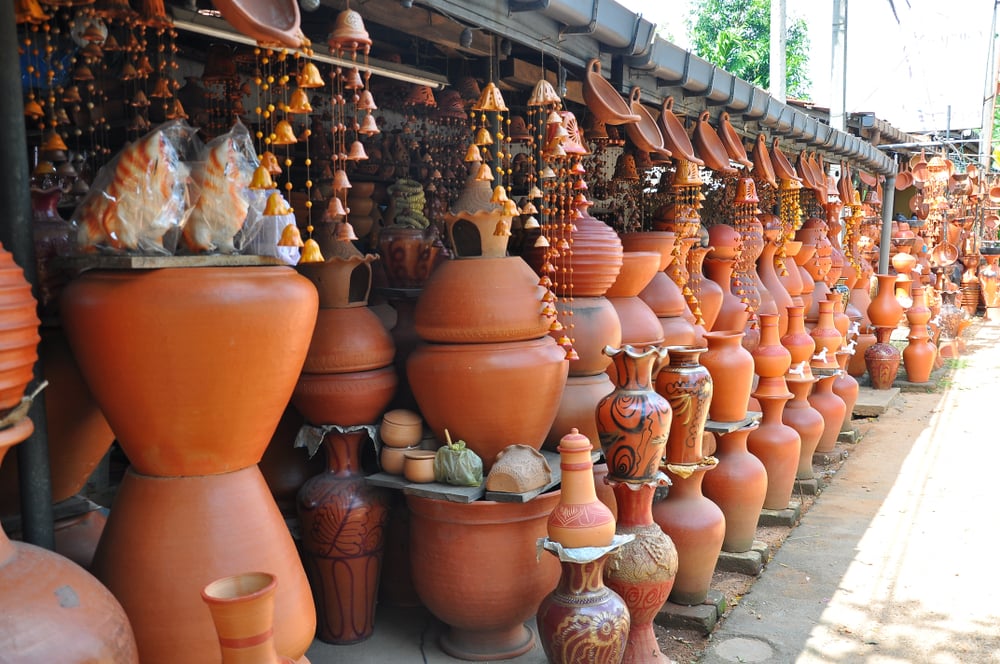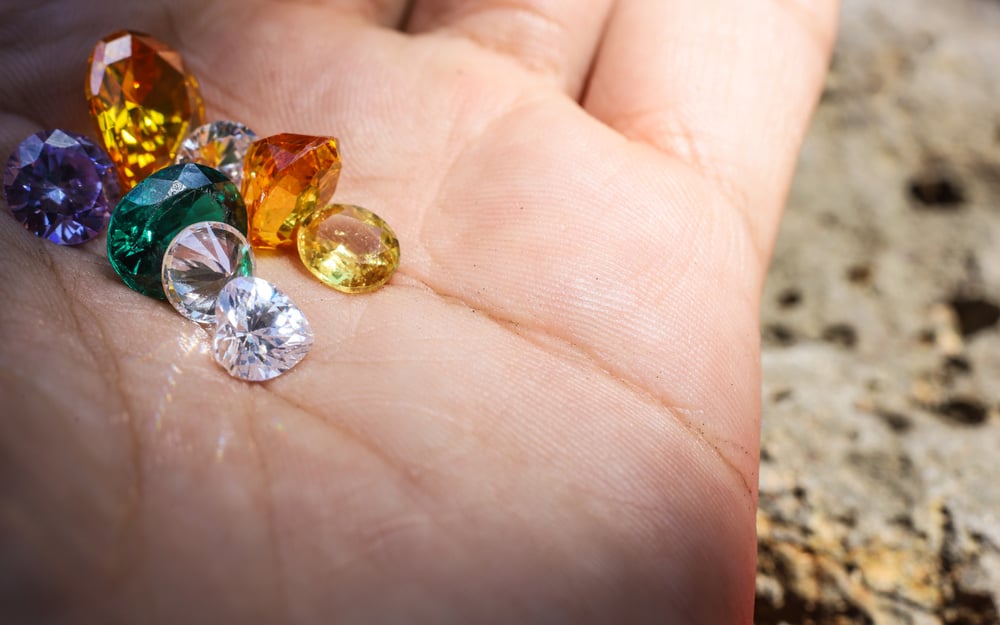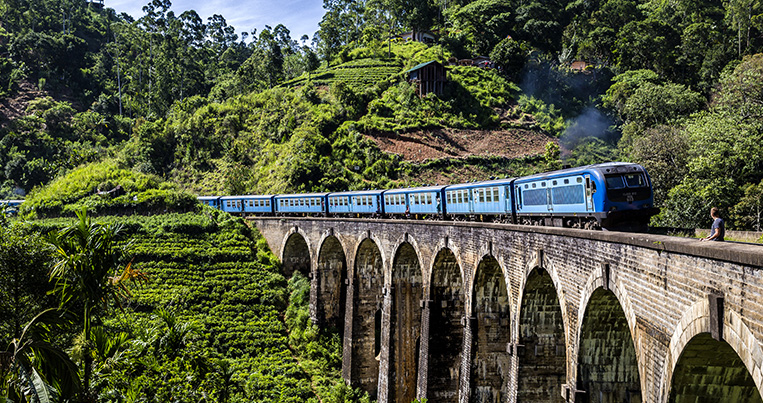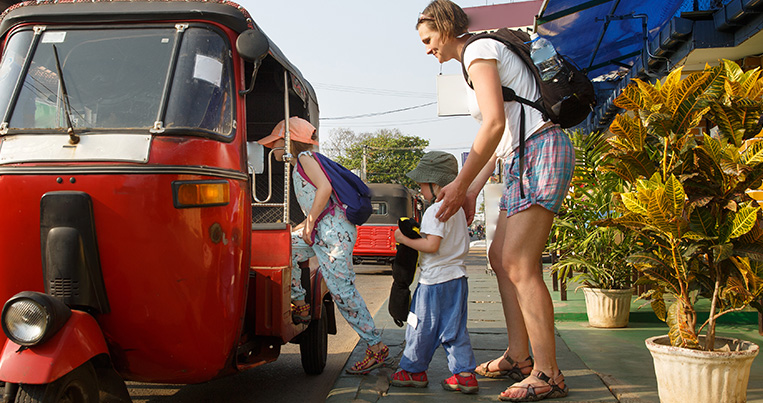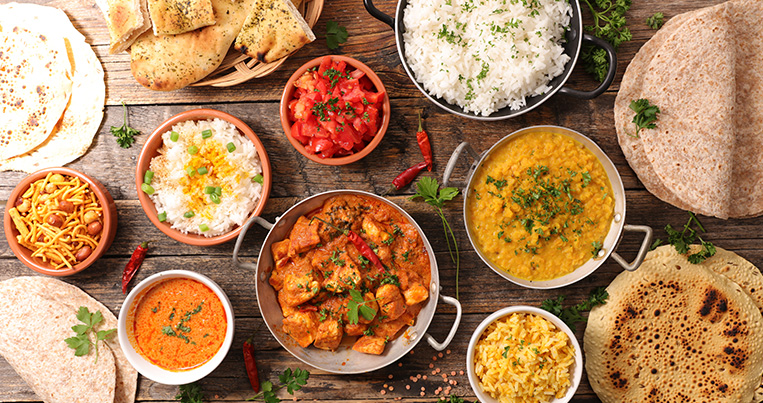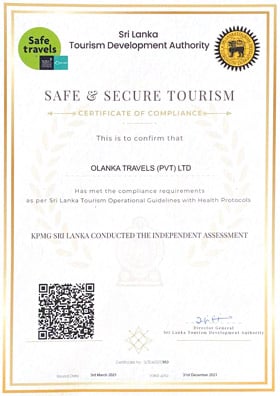Do not ever be fooled by Sri Lanka’s calm and serene natural beauty. And don’t tell me that your Sri Lanka itinerary is filled with opportunities for sightseeing and relaxation only. If you are an adventure-seeker plus a nature-lover like me, read on to find out how to make your Sri Lanka trip an adventurous one.
A place that you should be included in your Sri Lanka travel itinerary is the infamous Kitulgala town. The distance from Colombo to Kitulgala can be covered by a 2-hour drive. Kitulgala is an adventure destination popular among tourists and locals alike for adrenaline-kicking white-water rafting, rainforest trekking, stream slides, bird watching, and more!
These are the best things to do in Kitulgala on your Sri Lanka trip.
What is cooler than entering Kitulgala, trekking through its rainforest?
The path leading to the Kelani River where you wade into the white water for rafting is surrounded by a luscious rainforest. This rainforest is one of the wettest in the world, and you will thank the lord above and the experts that included Kitulgala in your Sri Lanka itinerary.
Mountain biking is also a loved activity in the rainforest. As you trek the wilderness, be on alert for the chirping birds hovering over you or hiding behind leaves. If you are a passionate bird-watcher, you won’t regret this part of your Sri Lanka trip. You will spot endemic birds like Green-billed Coucal, Red-faced Malkoha, Ceylon Grey Hornbill, etc.
In short, if your Sri Lanka itinerary doesn’t include the Sinharaja rainforest which is a UNESCO world heritage site, the Kitulgala Forest Reserve can bring you a similar experience.
You can also join a river expedition in the Mahaweli, Kelani, or Kalu Rivers of Sri Lanka. This activity in your Sri Lanka itinerary would let you sightsee the beauty of what nature in this tropical island holds so dearly. You will paddle through river crossings, elephant corridors, and ancient bridges that bear historical value.
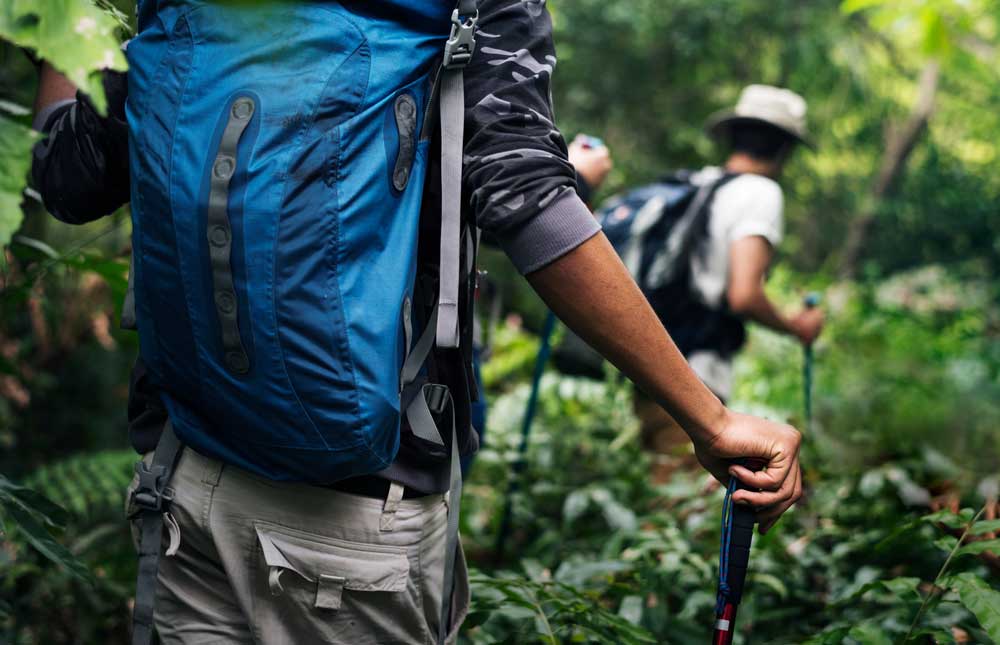
Water abseiling – an adrenaline-pumping sight-seeing experience
How about gripping onto a rope against a waterfall and getting a birds-eye view of the emerald mountains and the jungle around you? Water abseiling is a daring, yet rewarding activity that not only gives you a high dose of adrenaline but also lets you enjoy the beauty of nature. This is an adventure that travelers love in their Sri Lanka itinerary when they are on a Sri Lanka trip.
Water abseiling is conducted under the careful supervision of the experts who will guide you to have a thrilling experience in the middle of the Kitulgala jungle. Test your courage with your family and friends after watching a demonstration by experienced instructors.
If you include water abseiling to your Sri Lanka itinerary, you are in for a treat!
The bumpy ride that is white water rafting in Kitulgala
At the heart of the rainforest, you will reach the Kelani River with white water daring you to raft! If you are adventurous and are a superhero like me, it’s best to visit Kitulgala during the months between May to December when the water is more volatile than during the dry season.
Now don’t get all excited thinking that it’s the perfect opportunity to spice up your Sri Lanka itinerary– you.could.die during the rainy reason. I mean it. Therefore, the instructors decide whether rafting is safe or not.
That being said, only those 13 years and above are allowed to engage in this extreme sport of white water rafting at Kitulgala. Be prepared to get a killer experience of a lifetime while seeing flashes of natural beauty passing by as you battle in the stubborn waters. What other way to challenge yourself on your Sri Lanka trip?
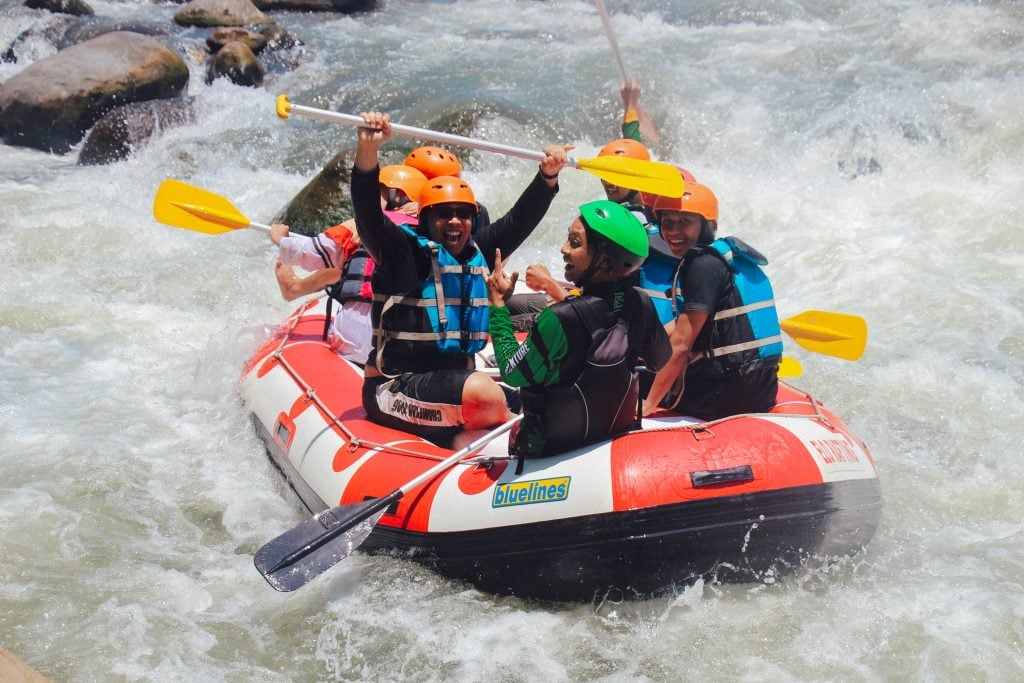
Heal your soul in a natural pool
After a daring day full of fun and challenging activities, slide through natural streams and jump into a natural pool in the jungle. If you visit Kitulgala, you don’t want to miss these natural pools surrounded by nothing but the luscious greenery, teasing you with a cold and calming breeze.
A Kitulgala adventure is both the storm and the calm that makes a Sri Lanka trip awesome – don’t you agree?
Camping too?
You are wrong if you thought that the Kitulgala adventure of your Sri Lanka itinerary is over after that daring water rafting experience. How does camping in the middle of the jungle sound? I hope you feel me on this because I absolutely loved it!
A Sri Lanka itinerary would disappoint me if camping was not included. Sitting around the campfire under the starry night with loved ones while drinking a cold can of Sri Lankan Lion beer makes for a night to remember. The smell of the BBQ, the scent of the forest, the soothing breeze, and the songs we would sing throughout the night is not only Sri Lankan, it’s universal!
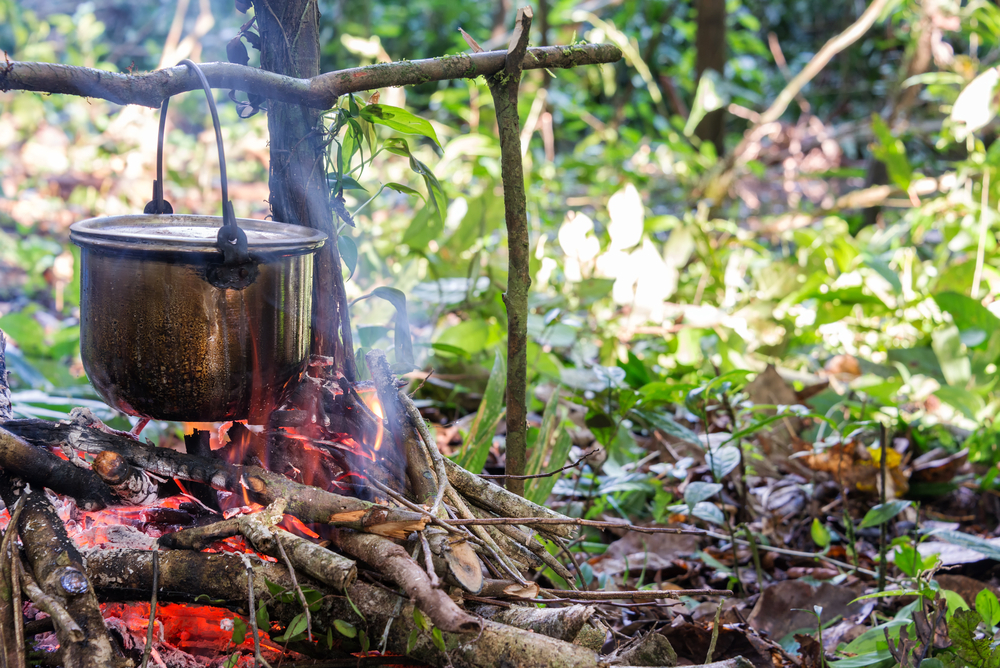
Things to carry with you
- An extra pair of clothes
- Sunscreen
- Swimwear
- A towel
- Shoes that won’t slip off
- A pack of toiletries (if you are camping)
The best things to do in Kitulgala in a nutshell
- White water rafting
- Rainforest trekking
- Mountain biking
- Bird watching
- Stream sliding
- River expeditions
- Waterfall abseiling
- Relaxing in natural pools
- Camping
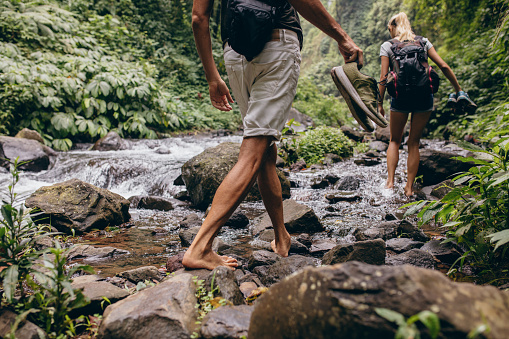
Things you should know before your Kitulgala adventure begins
- Children of age 0-17 should be accompanied by a guardian or parent to be allowed for water rafting.
- Littering in the rainforest or the Kitulgala premises is prohibited. Let’s make this Sri Lanka trip wholesome and eco-friendly.
- Travelers are advised to wear masks and adhere to covid-19 guidelines.
My last thoughts for you
Spending a day or two in Kitulgala would be one of the best choices you would make for your Sri Lanka itinerary. You could be an adventure seeker or a nature lover, either way, the experience would be one to cherish. If you feel me, plan your Sri Lanka trip with local experts who know the wonders of Sri Lanka!

